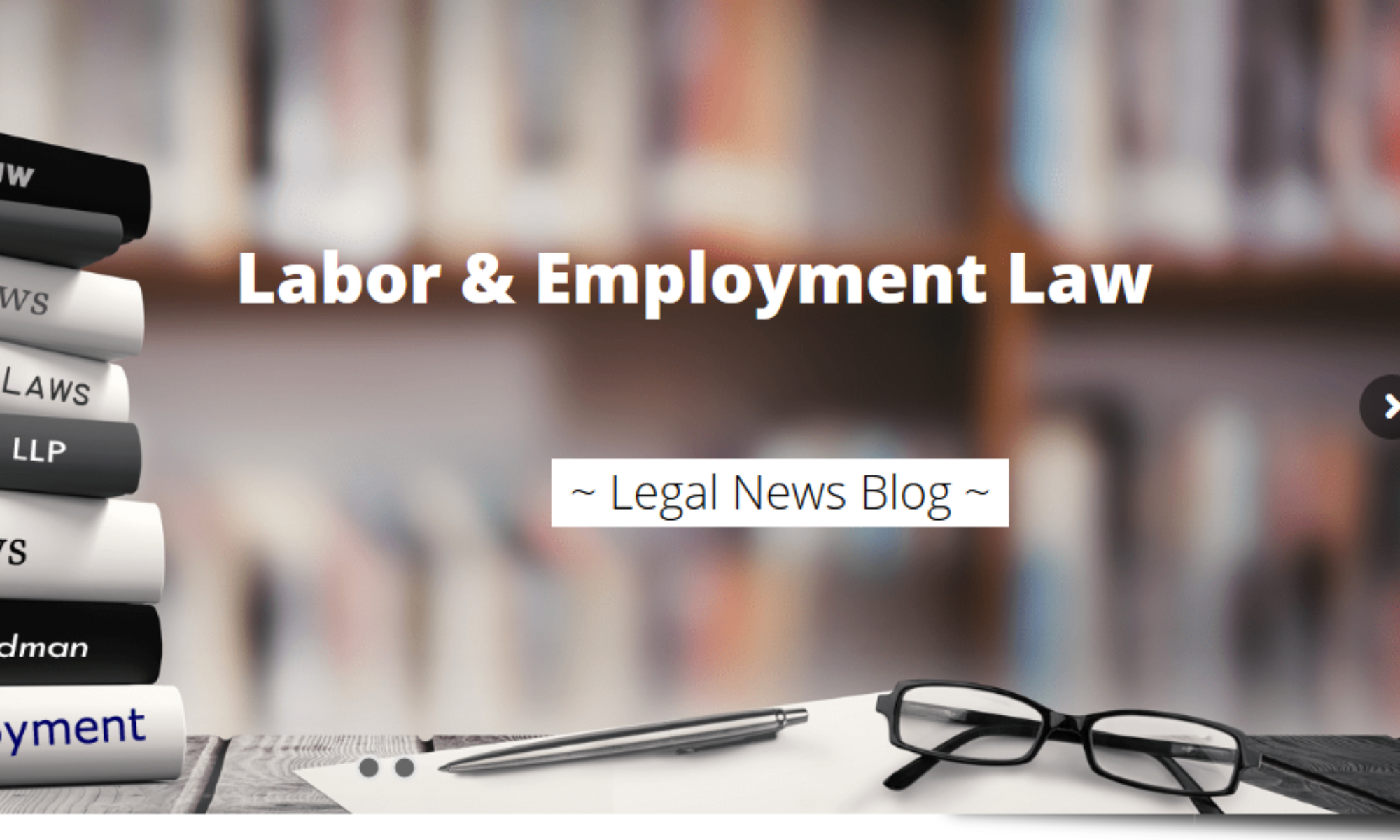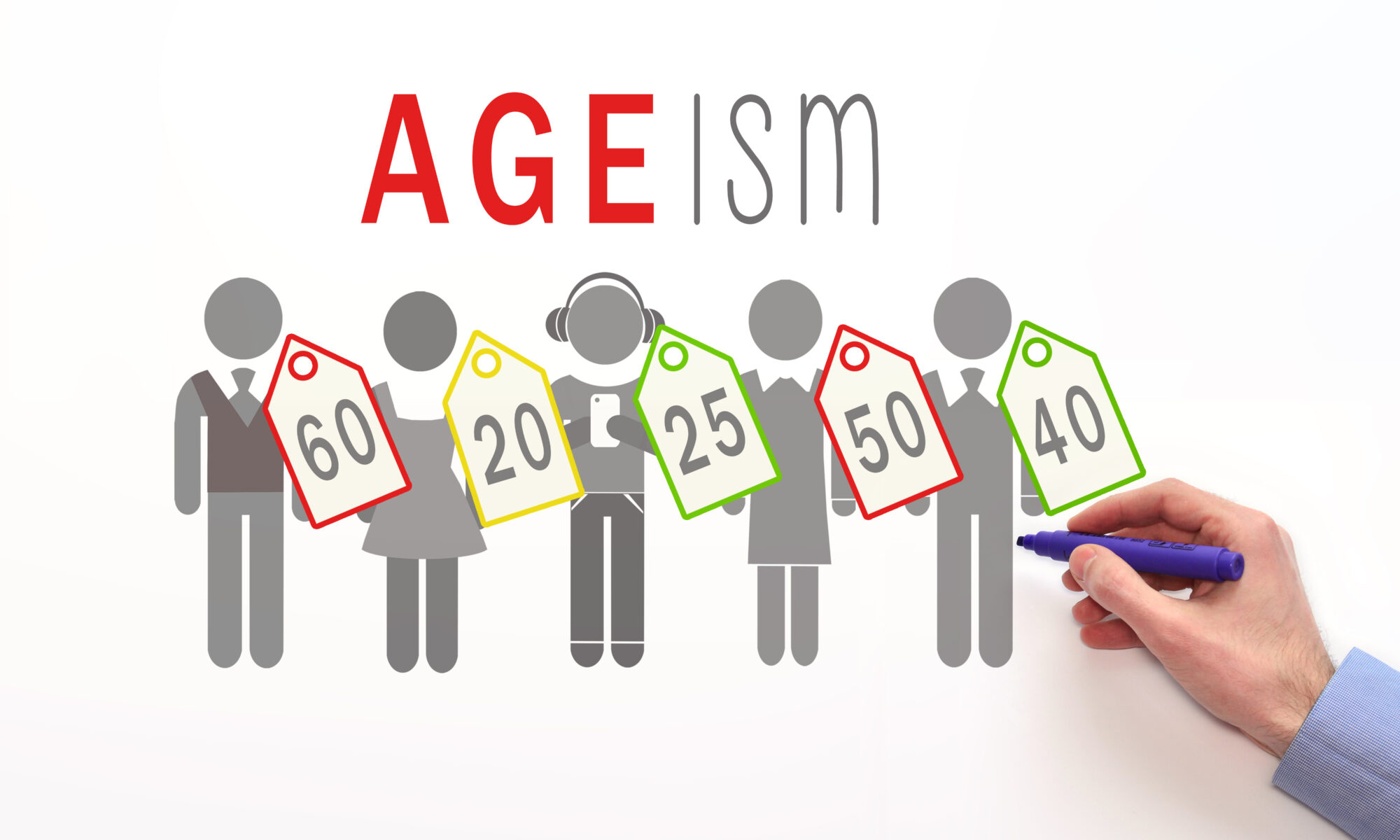Fighting Back: Your Rights as a Franchisee Against Race Discrimination
Franchisee rights represent one of the most fundamental protections in American business law. Yet recent legal developments reveal a troubling pattern of systematic race discrimination within major franchise systems that threatens the very foundation of equal opportunity in business ownership.
The franchise model has long promised entrepreneurs a pathway to business ownership with established brand recognition and operational support. For many minority business owners, franchising represented a chance to build generational wealth and achieve the American Dream. However, mounting evidence suggests that some of the nation’s largest franchisors have systematically denied these opportunities to Black franchisees through discriminatory practices that violate both federal law and basic principles of fair dealing.
A class action lawsuit against McDonald’s Corporation has exposed alleged patterns of racial discrimination that forced Black franchisees into less profitable locations, denied them growth opportunities, and ultimately pushed many out of the system entirely. The case illuminates broader issues facing minority franchisees across industries and underscores the urgent need for stronger enforcement of anti-discrimination protections in franchise relationships.
Understanding Your Legal Rights as a Franchisee
The relationship between franchisor and franchisee operates under a complex web of contractual obligations and federal protections. While franchise agreements create binding business relationships, they cannot override fundamental civil rights protections that apply to all commercial transactions.
Federal Civil Rights Protections
Under Section 1981 of the Civil Rights Act, all persons have the right to make and enforce contracts without regard to race. This protection extends specifically to franchise agreements and covers:
- The initial awarding of franchise opportunities
- Ongoing support and assistance provided by franchisors
- Approval of location transfers and sales
- Access to financing and operational resources
- Enforcement of franchise agreement terms
Key Franchisee Rights
Legitimate franchisees possess several fundamental rights that cannot be compromised by discriminatory practices:
- Equal Treatment: Franchisees of all races must receive comparable support, training, and business opportunities
- Fair Contract Enforcement: Franchise agreement terms must be applied consistently across all franchisees regardless of race
- Growth Opportunities: Access to new locations and expansion opportunities cannot be denied based on racial considerations
- Sale and Transfer Rights: The ability to sell franchise locations to qualified buyers of the franchisee’s choosing
The McDonald’s Race Discrimination Case: A Pattern Revealed
The ongoing class action lawsuit against McDonald’s Corporation provides a stark illustration of how systematic race discrimination can devastate minority franchisees. The complaint, filed by dozens of current and former Black McDonald’s franchisees, alleges a coordinated effort to limit opportunities for Black business owners while favoring white operators.
Steering to Unprofitable Locations
According to court documents, McDonald’s executives systematically directed Black franchisees to operate stores in predominantly Black neighborhoods with significantly lower sales volumes and higher operating costs. These locations often featured:
- Higher crime rates requiring additional security expenses
- Lower customer traffic and reduced sales potential
- Increased insurance costs and operational challenges
- Limited growth opportunities due to demographic constraints
The financial impact proved devastating. Black-owned McDonald’s locations typically generated only two-thirds of the revenue of other stores, creating an insurmountable disadvantage for minority operators trying to build sustainable businesses.
Denial of Prime Opportunities
While Black franchisees were steered toward challenging locations, the lawsuit alleges they were simultaneously denied access to profitable opportunities in affluent communities. Court filings detail numerous instances where Black franchisees sought to purchase successful locations in predominantly white neighborhoods, only to face arbitrary denials or bureaucratic obstacles that ultimately awarded those opportunities to white operators.
Statistical Evidence of Discrimination
The numbers tell a compelling story of systematic exclusion. From 1998 to 2020, the number of Black McDonald’s franchisees plummeted from 377 to 186—a decline of more than 50 percent. During this same period, the total number of McDonald’s locations nearly doubled from approximately 15,000 to nearly 39,000 stores.
By 2020, nearly half of all Black franchisees had been pushed out of the McDonald’s system, compared to just 10 percent of white operators during the same timeframe.
Individual Stories of Discrimination
Behind the statistics lie individual stories of entrepreneurs whose dreams were systematically undermined by discriminatory practices.
Robert Bonner’s Experience
Robert Bonner’s case exemplifies how subtle but pervasive discrimination can destroy a franchisee’s business prospects. Despite operating successful McDonald’s locations, Bonner faced escalating obstacles when he sought to expand or sell his stores.
A regional manager allegedly interfered with Bonner’s expansion plans, stating he would be “damned if I let a Black operator be much richer than me.” When Bonner attempted to sell his stores, potential buyers were discouraged from working with him, forcing him to accept offers approximately 25 percent below market value.
McDonald’s also subjected Bonner to increased inspections and unreasonable remodeling requirements not imposed on white operators with similar locations. These tactics created financial pressure that ultimately forced Bonner to exit the system in 2013.
Executive-Level Discrimination
The discrimination extended beyond franchisees to corporate executives. Victoria Guster-Hines and Domineca Neal, two African American McDonald’s executives, filed a separate lawsuit alleging they faced a “hostile and abusive work environment” that included racial slurs, blocked promotions, and ultimate demotion during a corporate restructuring.
Their complaint alleges that McDonald’s conducted a “ruthless purge” of African Americans from senior executive positions, with 31 out of 37 Black officers either demoted or severed from the company over a three-year period. Both executives were eventually demoted from vice president to senior director positions in what they characterized as retaliation for supporting the National Black McDonald’s Owners Association.
Legal Framework and Regulatory Oversight
Multiple federal laws provide protection against the type of systematic race discrimination alleged in these franchise cases.
Title VII of the Civil Rights Act of 1964
While primarily focused on employment discrimination, Title VII’s protections extend to business relationships that involve ongoing contractual obligations and support services. The law prohibits discrimination based on race in all aspects of commercial relationships.
Section 1981 Civil Rights Protections
The most directly applicable federal protection comes from 42 U.S.C. § 1981, which guarantees all persons the right to make and enforce contracts without racial discrimination. This statute applies specifically to:
- Initial franchise awards and approvals
- Ongoing contract performance and support obligations
- Transfer and sale approvals
- Access to business opportunities and resources
Section 1982 Property Rights
Additional protections under 42 U.S.C. § 1982 prohibit discrimination in property leasing and real estate transactions, which can apply to franchise location assignments and territorial rights.
EEOC Enforcement Authority
The Equal Employment Opportunity Commission maintains authority to investigate discrimination complaints and can pursue legal action against companies that engage in systematic discriminatory practices. In 2020 alone, the EEOC collected $439.2 million in discrimination-related judgments.
Corporate Responsibility and Prevention Measures
Forward-thinking franchisors can implement concrete measures to prevent discrimination and ensure equal treatment of all franchisees.
Clear Anti-Discrimination Policies
Comprehensive corporate policies must explicitly prohibit racial discrimination in all aspects of franchise relationships, including:
- Location assignment and approval processes
- Support service delivery and resource allocation
- Contract enforcement and compliance standards
- Transfer and sale approval procedures
Training and Sensitivity Programs
Regular training sessions for corporate staff, regional managers, and field consultants should address:
- Recognition of unconscious bias in business decisions
- Proper application of franchise agreement terms
- Documentation requirements for business decisions
- Escalation procedures for discrimination complaints
Objective Decision-Making Criteria
Franchisors should establish clear, measurable criteria for all major business decisions affecting franchisees, including:
- Location assignment based on objective business factors
- Performance evaluation using consistent metrics
- Transfer approval processes with transparent requirements
- Resource allocation decisions with documented justifications
Regular Auditing and Monitoring
Systematic review of franchisor decisions can help identify potential patterns of discrimination before they become entrenched practices. This includes analyzing:
- Demographic distribution of franchise opportunities
- Comparative performance metrics across different franchisee groups
- Resource allocation patterns and support service delivery
- Complaint patterns and resolution outcomes
Seeking Legal Redress and Protection
Franchisees who believe they have experienced race discrimination possess several legal avenues for seeking justice and protecting their rights.
Documentation and Evidence Collection
Strong discrimination cases require comprehensive documentation of discriminatory treatment, including:
- Written communications revealing discriminatory intent or bias
- Comparative evidence showing disparate treatment
- Financial records demonstrating economic harm
- Witness testimony from other franchisees or corporate employees
Class Action Opportunities
When discrimination affects multiple franchisees, class action lawsuits can provide a powerful mechanism for seeking systemic change and substantial monetary recovery. These cases can address:
- Pattern and practice discrimination affecting entire groups
- Corporate policies that systematically disadvantage minority franchisees
- Retaliation against franchisees who complain about discrimination
Whistleblower Protections
Franchisees who report discrimination face legal protection against retaliation under federal civil rights laws. Companies cannot legally terminate franchise agreements, deny business opportunities, or otherwise punish franchisees for asserting their civil rights.
Potential Damages and Relief
Successful discrimination cases can result in substantial monetary awards, including:
- Lost profits and business opportunities
- Punitive damages for intentional discrimination
- Attorney fees and litigation costs
- Injunctive relief requiring changes to corporate practices
Taking Action: Your Next Steps
Race discrimination in franchise relationships represents a fundamental violation of civil rights that undermines the principles of equal opportunity and fair dealing in American business. The evidence emerging from cases like the McDonald’s litigation demonstrates that systematic discrimination can devastate minority business owners and perpetuate economic inequality.
If you believe you have experienced race discrimination as a franchisee, immediate action is essential to protect your rights and build a strong legal case. The statute of limitations for civil rights claims can limit your ability to seek redress if you wait too long to pursue legal action.
Corporate accountability requires both individual courage and collective action. By standing up against discrimination, franchisees not only protect their own rights but help create a more equitable business environment for future minority entrepreneurs.
The law provides powerful tools for combating race discrimination, but those tools are only effective when discrimination victims are willing to use them. With experienced legal counsel, franchisees can hold discriminatory franchisors accountable and seek the justice they deserve.
Contact us today for a confidential consultation to discuss your franchisee rights and potential legal remedies. Our experienced discrimination attorneys understand the complex dynamics of franchise relationships and have successfully represented clients in major discrimination cases. Don’t let discriminatory practices destroy your business dreams—fight back with experienced legal advocacy on your side.
Like this:
Like Loading...










